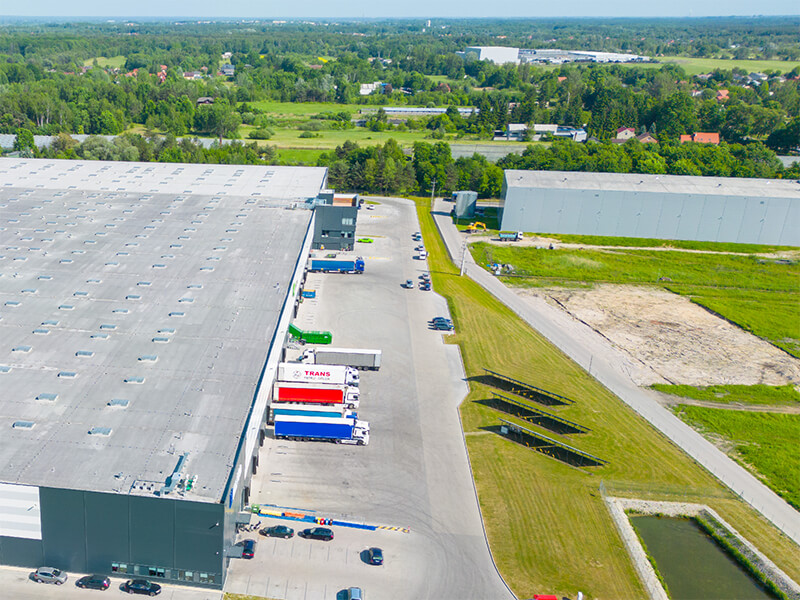DepOrtak
Open in the DepOrtak App
Returns in E-Commerce

Returns are one of the most important concerns of e-commerce shoppers and also one of the most important problems of e-commerce shoppers.
Refunds
The customer who buys a product from e-commerce or the consumer who will use it wants to use and benefit from the product when the product (order) is delivered. However, when he/she opens the package and sees that the product is damaged or that it is not the product he/she wants (color, size, size, different etc.) or that it is not the amount he/she wants or that the e-commerce box or plastic bag in which the product is placed is damaged or opened, he/she naturally does not want to use it and wants to return it.
According to the article “Reasons and Rates of Returns in Online Shopping” on Worldef.Net, return rates, which are 9% in traditional trade, increase to 30% in e-commerce. When the e-commerce data of the last 10 years are analyzed, 20% of the return reasons are damaged delivery, 23% are faulty delivery, 22% are not the same as expected, and 35% are other reasons. In addition, according to the article “Ways to Reduce Product Returns and Cart Abandonment Rates” published on the Iyzico website, 25% of users return because the wrong product was sent, 23% because the image of the product shown on the e-commerce site and the product sent is not the same, and 20% because damaged or defective products were sent. This data shows that there is a significant rate of damaged deliveries, failure to deliver products intact, faulty products, and products that are different from the product in the image, all of which are directly related to the logistics performance of e-commerce.
The ordered product may have been damaged, missing, lost in transit at the warehouse or cargo transfer center or during delivery to the customer (consumer), or incorrect or missing or different products may have been collected in the warehouse instead of the ordered product, or the wrong address label may have been affixed when packing the ordered product.
One of the most important problems of e-commerce is that the customer is likely to return the product because they have not seen and tried it. E-Commerce product return rate can be 2 to 3 times higher than traditional stores. The reason for this is that the customer buys the product without trying it, only according to what is shown on the web page and the information written about the product on the web page. Therefore, e-commerce companies should work hard to reduce return rates.
Consequences of Refunds
Returned products are not only unsatisfactory, but also cause additional costs to the e-commerce company and reduce the trust in the e-commerce site. This may lead the e-commerce company to face risks such as loss of reputation, loss of sales, loss of profitability, loss of customers, etc. This may lead the e-commerce company to face risks such as loss of reputation, loss of sales, loss of profitability, loss of customers, etc.
Customers who experience difficulties with product returns do not buy from companies that cause difficulties and want returns to be effortless.
In case of a defective product, i.e. missing or damaged or incorrect, etc. In the event of a defective product, there are logistics-related costs such as transportation costs to pick up the product from the customer, the cost of warehouse operations to send a new product, transportation costs for the delivery of the replaced product, as well as additional costs such as the cost of repairing the returned product, special discounts to maintain customer satisfaction, and this negatively affects the budgeted profitability of the e-commerce company.
In addition to the cost, repetitive activities due to returns and exchanges tire manpower, require additional manpower and lead to loss of time. In short, dealing with returns is ANGARIA work.
Can Returns Change Instantly with Current Logistics Practices?
For example, is instant exchange of returns possible with current logistics practices?
Current logistics practices and logistics structures are not sufficient to address the current concerns about returns, to prevent problems, to avoid complaints and to replace returns on the fly. Different, radical and technology-oriented solutions need to be developed and implemented to address this. This solution could be the “Last Mile Warehousing” model created by DepOrtak.
Last Mile Storage with DepOrtak
The Last Mile Warehousing solution is the creation and distribution of micro e-commerce warehouses close to the consumer, which will act as a returns management center. In addition, having these micro-ecommerce warehouses very close to consumers can enable better, easier and simpler management of returns and reduce CO2 emissions, noise pollution and traffic congestion from the distribution of e-commerce products by eliminating the process of collecting returns (the consumer can bring them to micro-ecommerce warehouses within walking distance if necessary).
Last Mile Warehousing can be the effortless and fast solution for returns by simplifying the returns process. If the consumer wishes, they can bring the product they wish to return to the micro e-commerce warehouse within walking distance, where it will be checked by experts and an immediate exchange can be provided.
You may also be interested in the following articles

Impact of E-Commerce on the Environment
As retail evolves, e-commerce should be able to respond to customers’ desire for “greener” products as well as “greener” product delivery. Is E-commerce or Conventional Retail Trade Greener? In its…
E-Commerce Gains with DepOrtak
Your e-commerce business has grown and you see that you need better logistics, especially warehouse-centric fulfillment operations, or you want to build an e-commerce business and you hear that logistics,…

Last Mile Warehousing for Next Generation E-Commerce
E-commerce is evolving and even more than expected due to the impact of the pandemic. Performance of Logistics Activities Affects the Performance of E-Commerce The three basic processes of e-commerce…